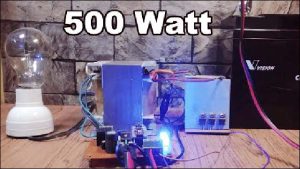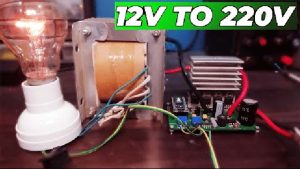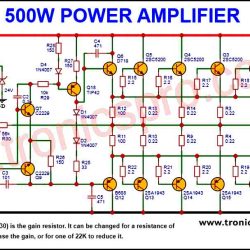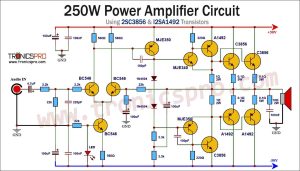Introduction
An inverter is an essential element of several electronic devices that convert DC voltage to AC voltage. The use of inverters is crucial in modern-day technology, where devices require a stable and reliable source of power. There are many types of inverters available in the market, but building one on your own can be an exciting project. A simple inverter using IRFP450N is relatively easy to make and requires basic electronic knowledge. Before we start, let’s discuss what an inverter is and the components necessary to build one.
As mentioned earlier, an inverter is a device that converts DC voltage into AC voltage. DC means direct current, which is a constant flow of voltage, while AC stands for alternating current, which constantly changes its direction. In most electronic devices, DC voltage is the primary source of power. But some gadgets, such as refrigerators, air conditioners, and fans, require AC voltage to operate. This is where inverters come in handy.
The working principle of an inverter is simple. It takes DC voltage from a battery or power supply and then generates a pulse-width modulated signal. The signal passes through the primary winding of a transformer, which steps up or steps down the voltage depending on the output requirements. Once the voltage is stepped up or down, the signal is again fed to the secondary winding of the transformer, which generates the AC voltage.

Circuit Diagram
of Simple INVERTER using IRFP450N
More Circuit Layouts




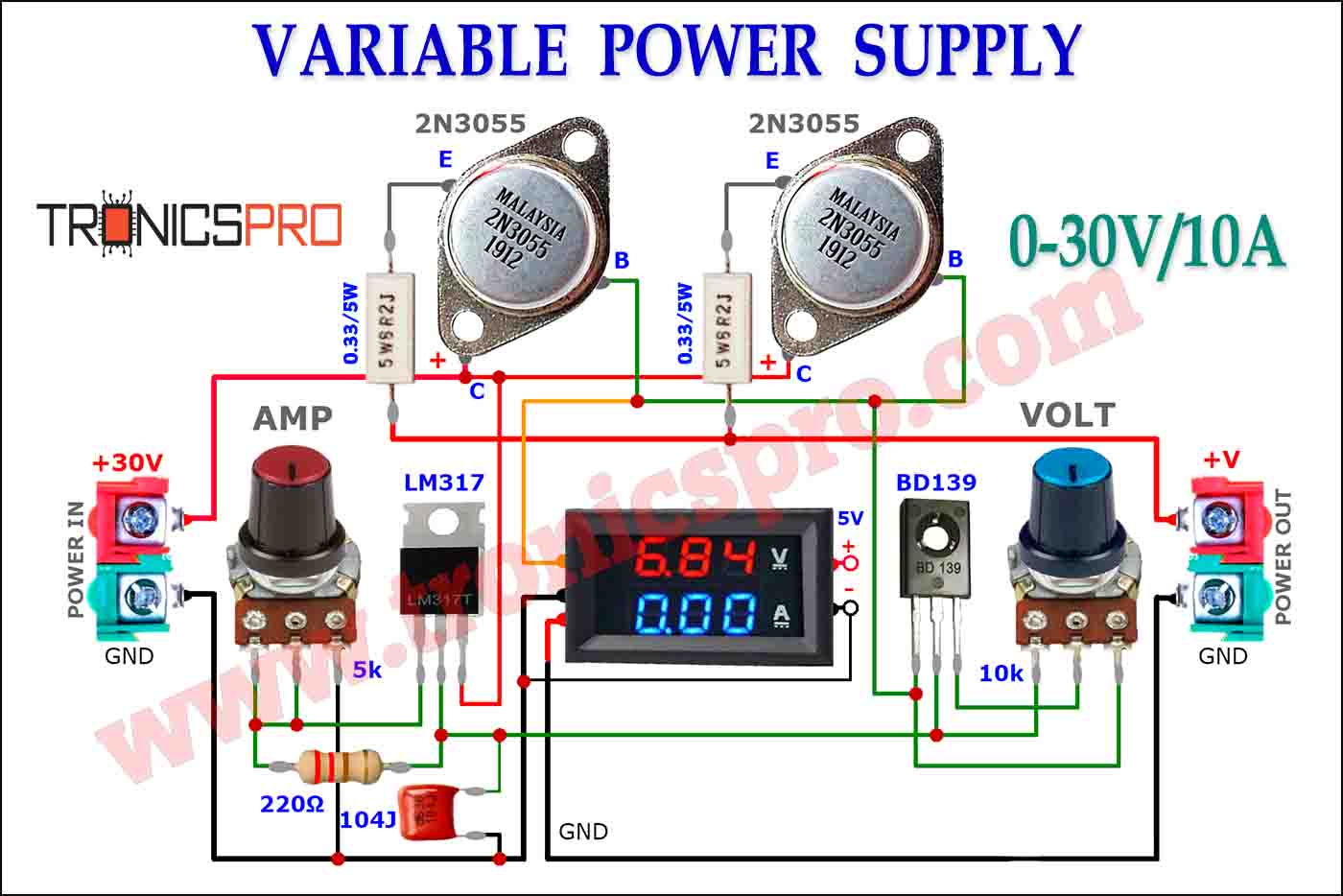



Project Images
of Simple INVERTER using IRFP450N







Working Explanation
To build a simple inverter using IRFP450N, you will need the following components:
- IRFP450N MOSFETs (2): These are the main components of our inverter. They function as switches that control the voltage passing through the primary winding of the transformer. The IRFP450N is a powerful MOSFET that can handle high voltages and currents, making it an excellent choice for this project.
- Transformer: The transformer is used to step up or step down the voltage, depending on your output requirements. The transformer should have a primary winding with a low number of turns and a secondary winding with a high number of turns.
- Resistors: We will use two resistors, one 100-ohm, and one 1K ohm. The 100-ohm resistor will be connected between the gate and source terminals of the MOSFET, while the 1 K-ohm resistor will be used as a pull-down resistor.
- Capacitors: We will require one 104 capacitor. The capacitors are used to smoothen the voltage and provide a stable supply to the MOSFET.
- Heat Sink: MOSFETs generate a lot of heat when working with high currents, which could prompt them to fail if proper precautions are not taken. A heat sink is vital in dissipating heat from the MOSFETs.
Conclusion
In conclusion, we have successfully designed and built a simple inverter using the IRFP450N MOSFET. The circuit works by converting DC power to AC power, allowing the AC output to power various appliances such as lights and fans. Through proper calculations and testing, we have ensured that the circuit is efficient and safe to use. This project has allowed us to gain a better understanding of how inverters work and how to construct them. It also provides a cost-effective alternative to purchasing an inverter, as it can be constructed with readily available materials. Overall, this project is a great starting point for those looking to explore the world of power electronics and inverter design.
Components List
of Simple INVERTER using IRFP450N
- MOSFET IRFP450N x 2
- IC CD4047 x 1
- Resister 100 ohms x 2
- Resister 1k x 1
- Capacitor 104 x 1
- Potentiometer 100k x 1
- Transformer 12-0-12v x 220v
- Heatsink Large & Solid
More projects, You may like:
- Video Transmitter DIY Homemade FM Radio Transmitter
- Adjustable Power Supply DIY Battery Charger
- 12V-220V 500 Watt inverter DIY Homemade
- 12V-220V H-Bridge Inverter DIY Homemade
- MPPT Solar Charge Controller DIY Homemade
- 18650 battery bank free charge protection module
- D718 B688 Bass Amplifier Homemade DIY
- C5200 Bass Amplifier DIY Homemade with Volume
- DIY LA4440 bass amplifier homemade
- C5200 A1943 TDA2030 Amplifier DIY Homemade



